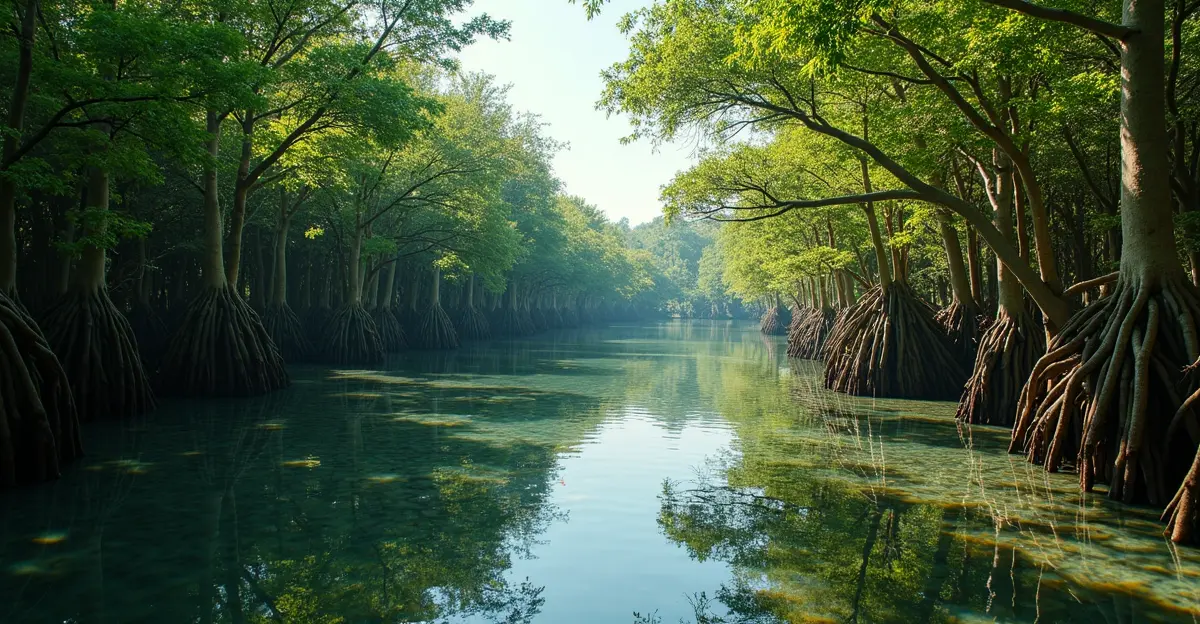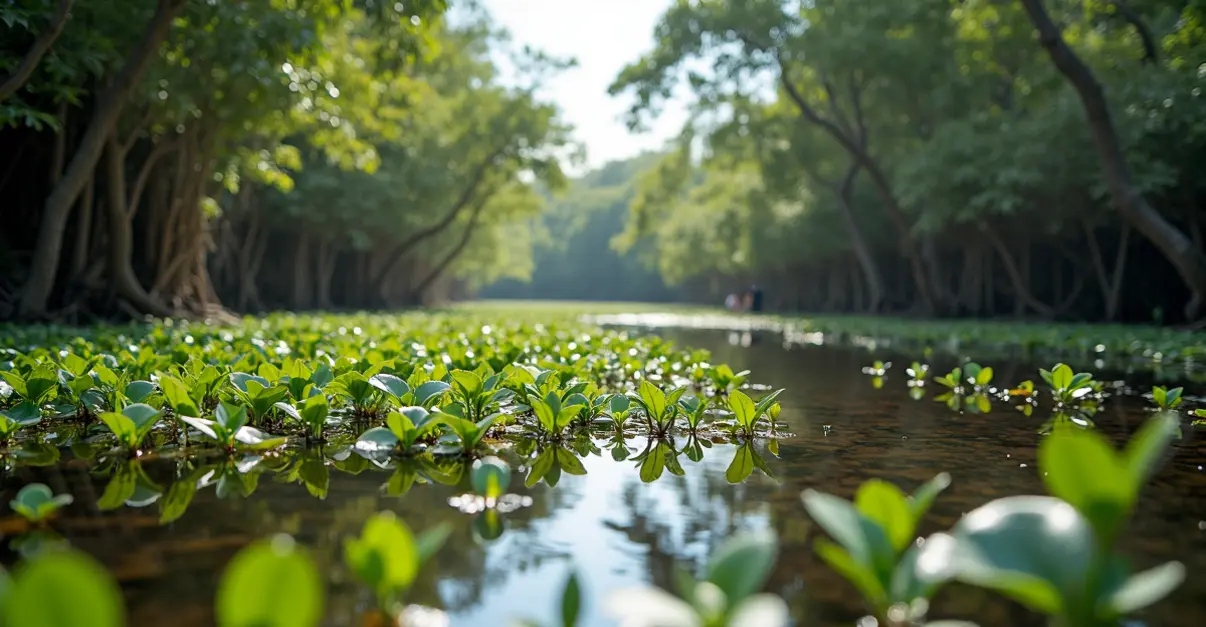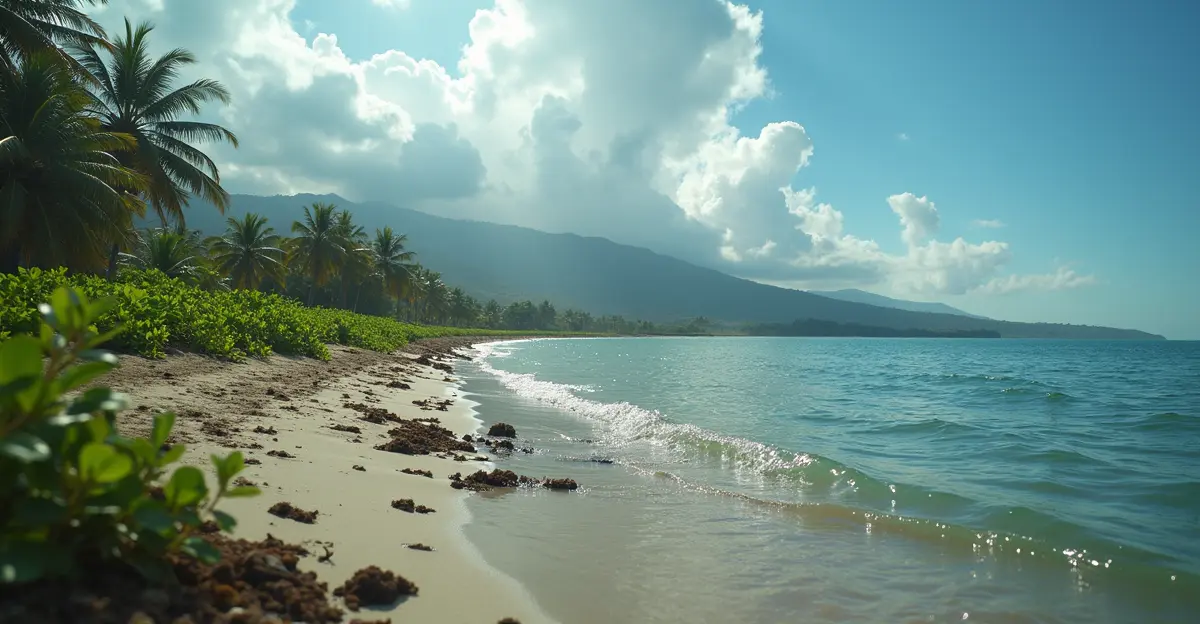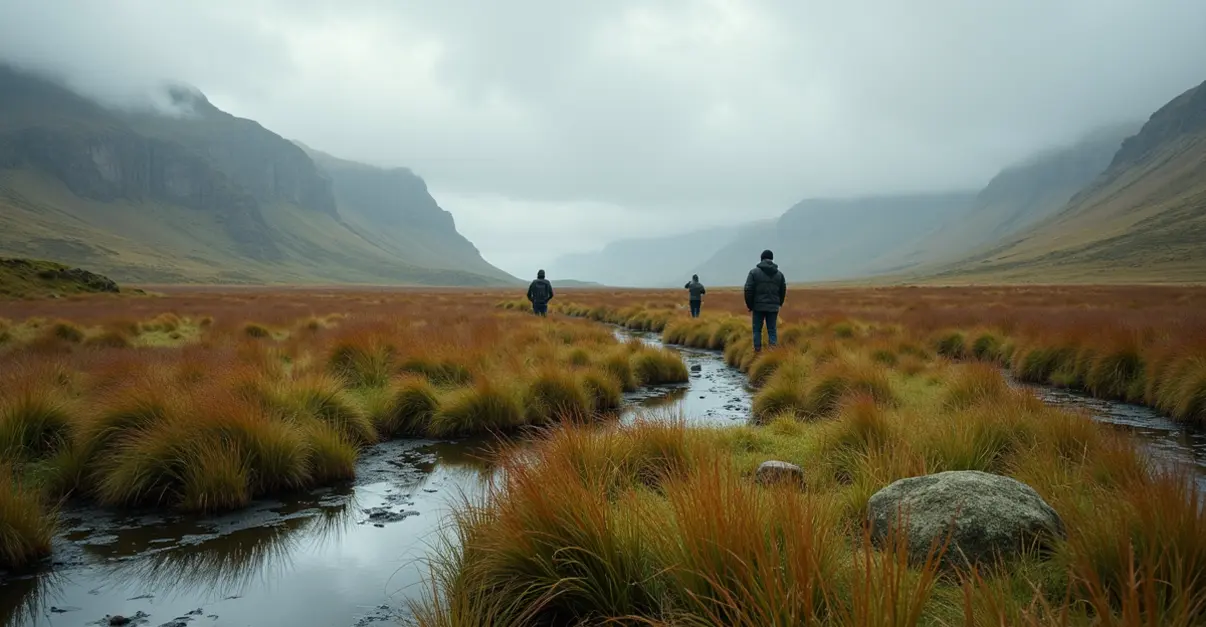Blue carbon markets are driving unprecedented investment in mangrove restoration, with innovative financing mechanisms and technological advances creating economic incentives for coastal conservation. The market shows record growth with 81 projects delivering 20.4 MtCO₂e annually.

Blue Carbon Revolution: Transforming Coastal Conservation Finance
The blue carbon market is experiencing unprecedented growth in 2025, with innovative financing mechanisms driving a global surge in mangrove restoration and protection projects. Coastal ecosystems like mangroves, seagrasses, and salt marshes are emerging as climate powerhouses, storing carbon at rates five times higher per hectare than terrestrial forests despite covering less than 2% of ocean surface area.
Market Momentum and Financial Innovation
As of March 2025, 81 blue-carbon projects across 2.0 million hectares deliver 20.4 million metric tons of CO2 equivalent annually, according to recent market analysis. 'We're witnessing a fundamental shift in how conservation gets funded,' says marine conservation expert Dr. Maria Rodriguez. 'Blue carbon credits are creating economic incentives where traditional conservation funding has fallen short.'
The market saw record pricing with Platts' blue-carbon benchmark reaching $29.30 per metric ton of CO2 equivalent in August 2025, reflecting growing corporate demand for high-quality carbon offsets. Major financial institutions are entering the space, with Sumitomo Corporation establishing a joint venture for Madagascar mangrove conservation and a $13.4 million investment in Indonesian blue-carbon projects.
Mangrove Breakthrough Initiative
The Mangrove Breakthrough initiative, launched at COP27, aims to mobilize $4 billion to protect and restore 15 million hectares by 2030. 'Carbon credits have been transformative, but they're just one piece of the puzzle,' explains Ignace Beguin, a leading conservation finance expert. 'We're developing comprehensive financial ecosystems that recognize mangroves as nexus solutions providing carbon sequestration, climate resilience, and biodiversity benefits.'
Recent research published in Nature Communications reveals that mangrove loss from 1996 to 2019 resulted in a net ecosystem service value loss of $29.2 billion. The study projects that restoring mangroves over the next two decades would require $40-52 billion in investment but yield net gains of $231-725 billion, with benefit-cost ratios ranging from 6.35 to 15.0.
Technological Innovations Driving Efficiency
Advanced monitoring technologies are revolutionizing blue carbon project verification. AI-powered satellite mapping systems now achieve 96% accuracy in mangrove detection, while U-Net-based pipelines provide unprecedented detail in carbon stock assessments. 'Technology is removing the uncertainty that has historically plagued conservation finance,' notes Dr. Sarah Chen, a remote sensing specialist. 'We can now track restoration progress and carbon sequestration with precision that was unimaginable just five years ago.'
The Nature Conservancy's Blue Carbon Cost Tool (BCCT), launched in 2025, represents another breakthrough. This interactive platform provides comprehensive data on blue carbon project options, helping stakeholders understand costs, potential carbon revenue, and restoration needs across over 400 modeled scenarios in nine countries.
Global Impact and Local Benefits
Blue carbon projects are delivering significant co-benefits beyond carbon sequestration. A 20-year mangrove restoration program could sequester 19.4 teragrams of carbon in soils while generating $68.6-236 million through blue carbon trading, according to the Nature Communications study. More importantly, these projects protect coastal communities from storm surges, support fisheries that sustain millions of livelihoods, and preserve biodiversity hotspots.
'The beauty of blue carbon finance is that it aligns economic incentives with ecological restoration,' says coastal ecologist Dr. James Wilson. 'We're not just planting trees - we're rebuilding entire ecosystems that provide multiple benefits to both people and planet.'
As the market matures, new financial instruments are emerging, including mangrove transition bonds, microfinance programs for coastal communities, and mangrove-linked insurance products. These innovations are creating sustainable funding streams that could finally match the scale of the conservation challenge.
Future Outlook
With global carbon pricing mechanisms mobilizing over $100 billion in 2024 and Article 6 of the Paris Agreement facilitating international carbon trading, the foundation for blue carbon market expansion is stronger than ever. The current 0.35% share of blue carbon in voluntary carbon markets represents massive growth potential, with projections suggesting these ecosystems could deliver 5.8 gigatons of CO2 equivalent reductions by 2075.
As corporations increasingly integrate nature-based solutions into their climate strategies and investors recognize the risk-adjusted returns of conservation investments, blue carbon markets are poised to become a cornerstone of global climate finance - transforming how we value and protect our planet's vital coastal ecosystems.

 Nederlands
Nederlands
 English
English
 Deutsch
Deutsch
 Français
Français
 Español
Español
 Português
Português









